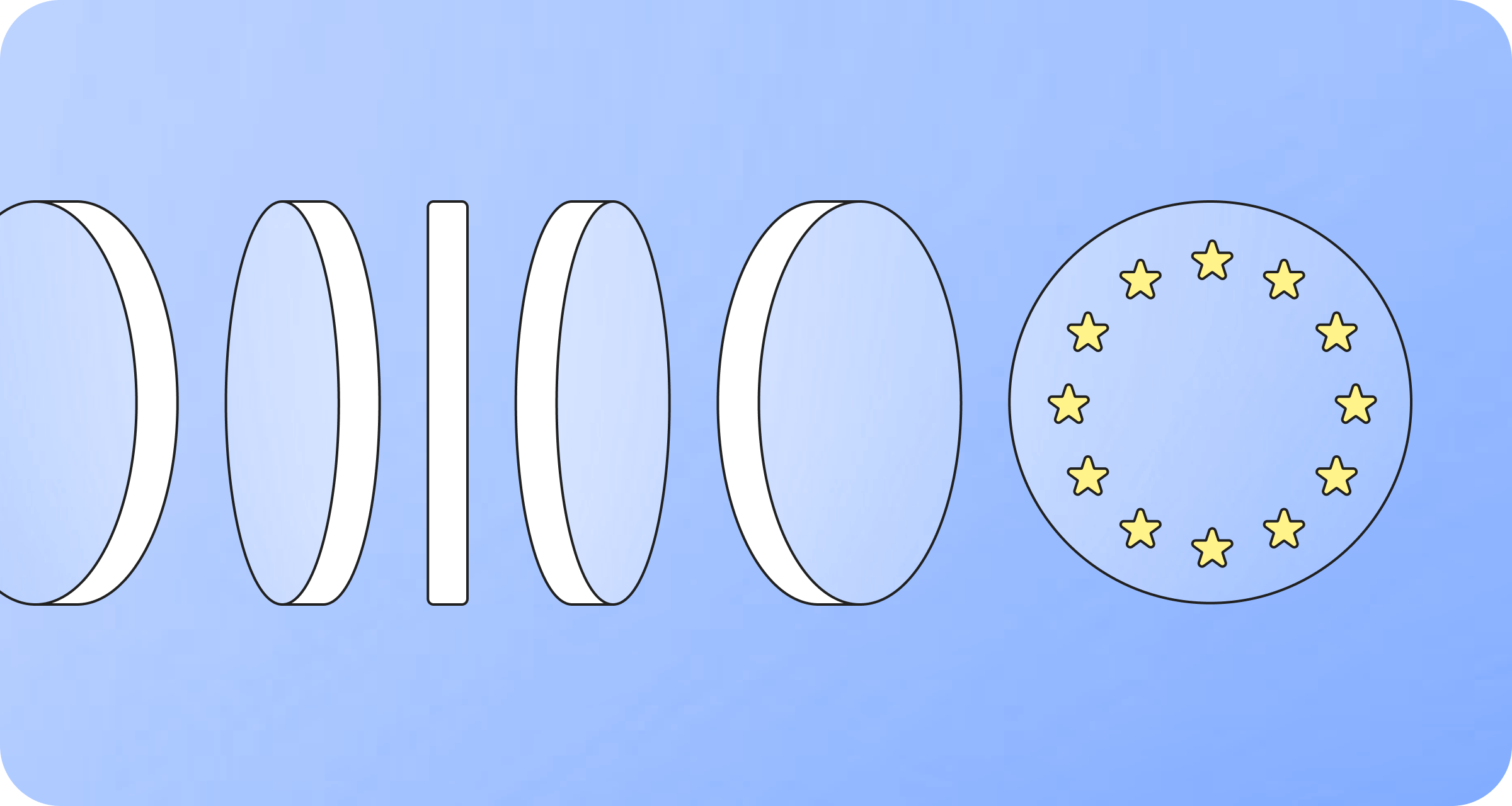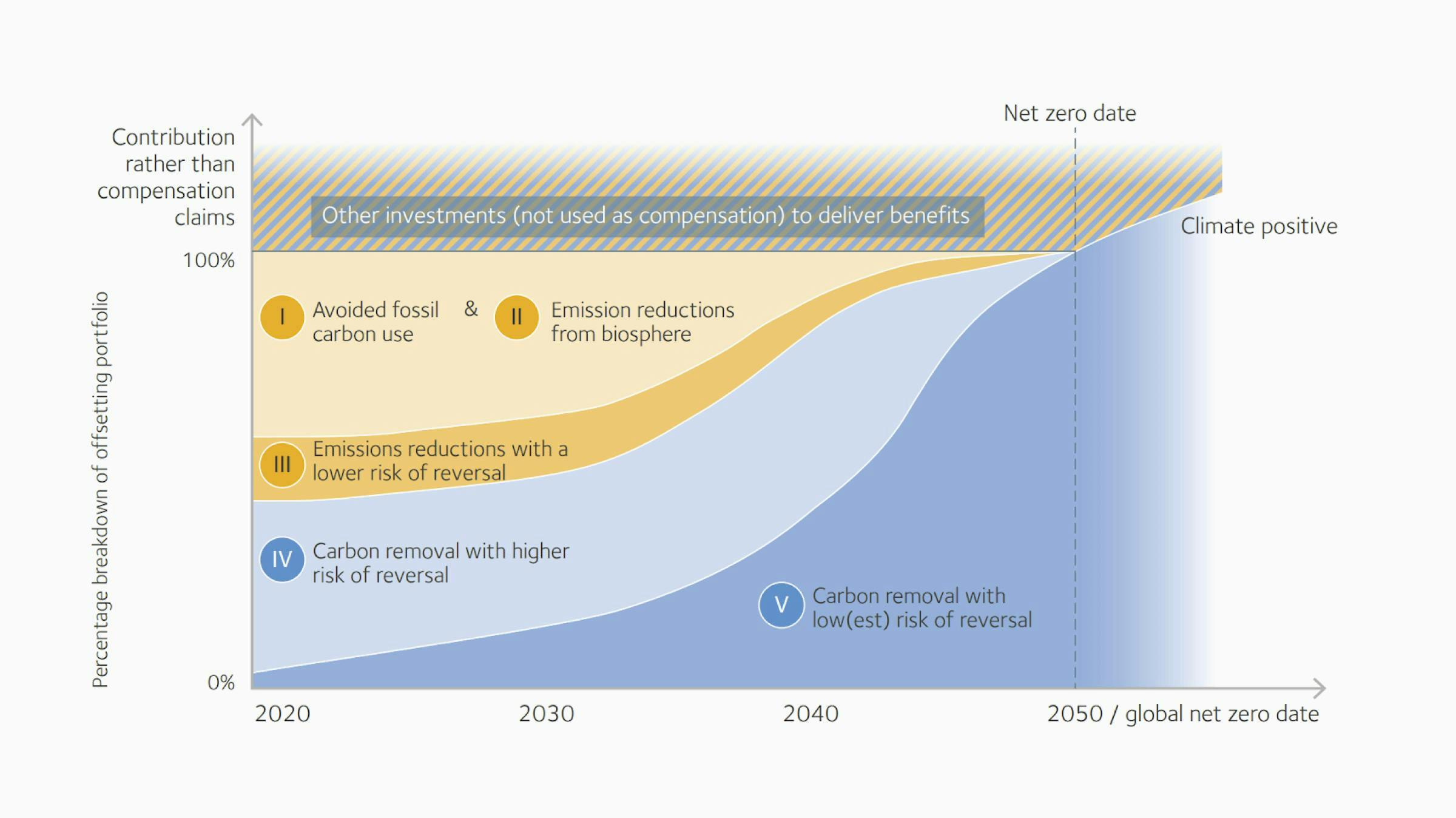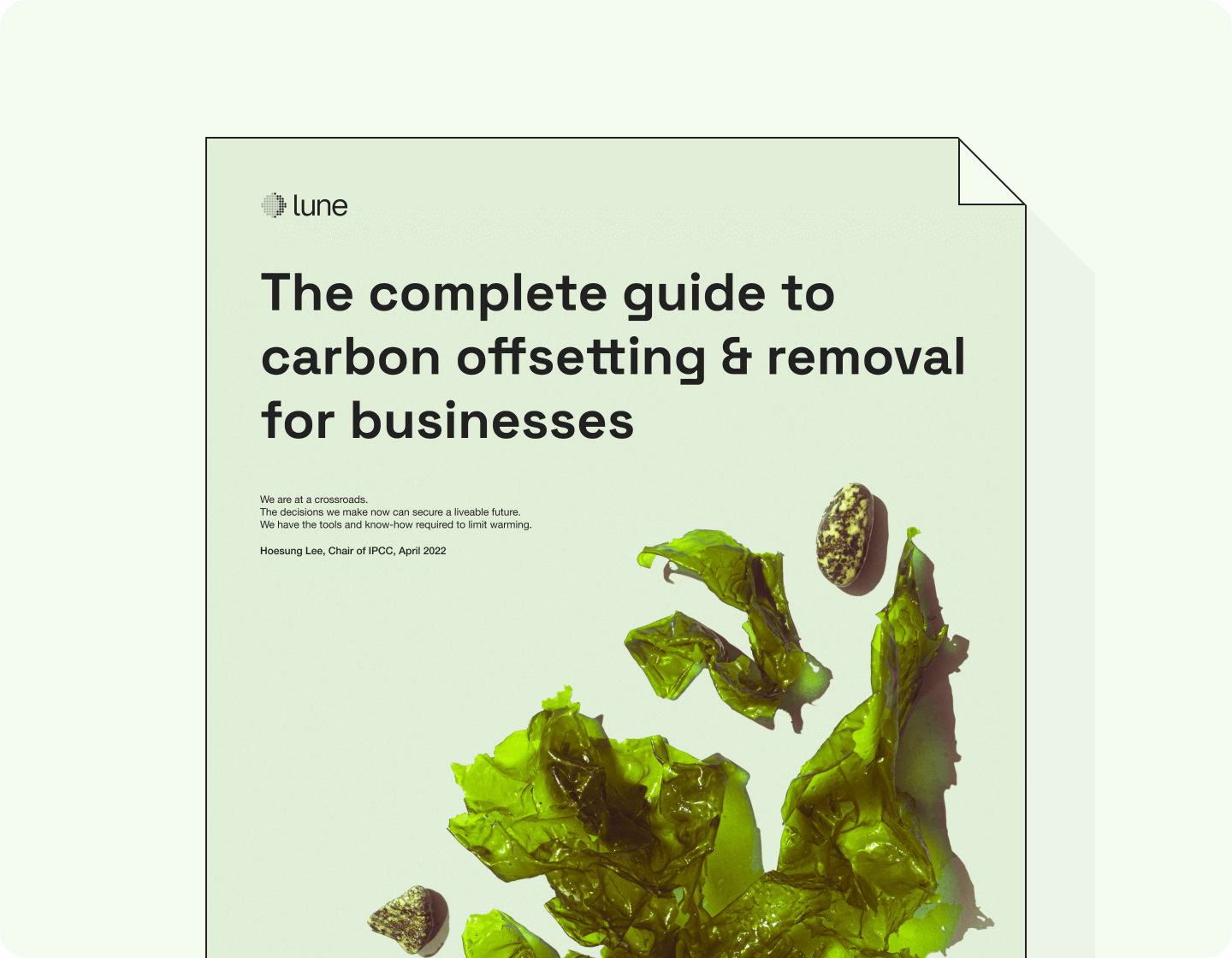

This year is a tipping point for the voluntary carbon credits. And there’s been a seismic push from voluntary frameworks like the SBTi, Oxford Offsetting Principles, and the VCMI. But notably, the EU has just reached a deal to launch its own carbon removal certification framework (CRCF).
But is it more of a catalyst or a bottleneck?
What is the EU carbon removal certification framework?
As part of the EU Green Deal, the EU carbon removal certification framework will promote the generation of high quality carbon removal and soil emission reduction activities. Similar to Verra, or Gold Standard certification, this legislation will mean developers overseeing climate projects in the EU can volunteer carbon credits for certification by the Union.
To be successful, credits will need to meet robust quantification, additionality, long-term storage, and sustainability criteria. Also known as the “QU.A.L.ITY” framework.
What climate projects can be assessed by the EU CRCF?
There’s been a lot of confusion circulating about what type of climate projects can be assessed by the framework. This is the latest from official EU sources:
- Permanent carbon removals, such as Direct Air Capture and Bioenergy with Carbon Capture and Storage (BECCS), which can store CO2 for several centuries.
- Temporary carbon storage in long-lasting products such as wood-based construction (minimum 35 years).
- Temporary carbon storage from carbon farming, such as restoring forests and soil, wetland management, seagrass meadows (minimum five years).
- Soil emission reduction obtained from carbon farming, such as wetland management, no tilling and cover crop practises (minimum five years).

A carbon removal catalyst
There’s no denying that certification of carbon credits at such a level is a game-changer. Done correctly, the CRCF will breathe much-needed integrity back into the voluntary carbon markets.
High quality carbon removal is essential to net zero
The EU CRCF makes it clear, to reach net zero we need carbon removal. Decarbonisation is critical, but hundreds of billions of tCO2e has already entered the atmosphere, and we need to remove it. If we’re not set to hit net zero until 2050, that number is going to continue to climb every year.
We need carbon removal, but not all carbon removal is created equal. Only high quality carbon removal create a positive climate impact. The EU CRCF sends a clear signal to the market about what “high quality” carbon removal means, rebooting the voluntary carbon market mechanisms.
For suppliers, it sets the standard for delivery, increasing the supply of high quality carbon credits. Simultaneously, it also stimulates demand by making the climate impact these projects have clearer to buyers. Helping them make confident and substantiated claims that diminish the risk of greenwashing.
Adding clarity to what claims companies can make
Not too long ago the European Commission submitted the Green Claims Directive. Its purpose is to protect consumers from greenwashing. It means that many product labels like “carbon neutral” or “100% sustainable” will be banned. However, companies can still make these claims, but they must be substantiated with scientific evidence.
Many of these banned claims relied on carbon offsets. Could the EU simultaneously trying to scale and crush the carbon removal markets? Not quite.
Companies that have already made deep decarbonisation cuts can offset residual emissions to make green claims. These offsets must be "high integrity and accounted for correctly to coherently and transparently reflect the claimed impact on climate."
Could the CRCF also create a carbon removal bottleneck?
To meet net zero in 2050, we need to scale carbon removal over 100 times this decade. It’s a mammoth task. We cannot afford to create bottlenecks. And for me, the CRCF is trying to run before it can walk.
No emission avoidance projects
Contrary to confusion, the framework will cover nature-based solutions (NbS), but deliberately excludes emission avoidance climate projects. Emissions avoidance, also known as emissions reduction, projects are when an activity or project results in future greenhouse gas emissions being avoided or reduced. It includes forest conservation or management, renewable energy projects etc.
Contrary to popular belief, high quality emission avoidance projects still mean one less tonne of CO₂e in the atmosphere. The revised Oxford Offsetting Principles highlight that these projects “play a key role in the short and medium term to protect the carbon stored in vulnerable ecosystems and accelerate the transition to a low-carbon society.”
When we hit net zero in 2050, hopefully, there will be no need for emissions avoidance projects. But until then, they need scaling — and therefore certification by the EU CRCF.
 The updated 2024 Oxford Offsetting Principles highlight the crucial role of emission avoidance projects in achieving a climate-positive future.
The updated 2024 Oxford Offsetting Principles highlight the crucial role of emission avoidance projects in achieving a climate-positive future.Forest conservation projects need robust verification
Globally, we’re still cutting down forests at an unprecedented rate. Forest conservation and protection projects are the only large scale mechanism we have to preserve these essential carbon sinks. By not including them in the CRCF, is the EU saying we should pick up our axes?
The benefits of these projects go way beyond carbon. High quality forest conservation projects preserve biodiversity, generate employment, foster education, and offer energy and water security to name but a few. The co-benefits generated are unmatched by any other type of project. It seems odd to me that the EU does not want to certify projects that accelerate so many of the UN’s Sustainable Development Goals (SDGs)...
These REDD+ projects are usually the ones that end up on the front cover of the Guardian, and in most cases, I agree. The vast majority of emission avoidance projects are crawling with carbon cowboys leading to low quality carbon credits with no positive impact. But surely that means they need certification the most? If the EU wants to embed integrity into carbon markets, then this is the place to start.
The exclusive EU carbon club
Only carbon credits generated in the EU will be certified by the new framework. And these credits can only count towards the EU’s sustainability goals and nationally determined contributions (NDCs).
Setting boundaries makes sense, it follows Article 6.4 which prevents double counting. And perhaps there are political barriers that prevent the union from certifying projects outside their jurisdiction?
But carbon credits are the single best mechanism for channelling climate finance to the areas that need it the most.
For example, Pakistan is on the front line of climate change. Climate-driven floods affected over 33 million people in 2022, and in the same year the country issued over four million Verra-certified carbon credits. Many of these were issued by mangrove restoration project, Delta Blue Carbon, one of Lune’s featured climate projects. For an economy trying to stay afloat amidst the climate crisis, this is essential finance.
The real irony in the CRCF proposal is it cites climate change as “a transboundary problem”. Yet, climate projects outside of the EU cannot volunteer credits for certification, hindering potential demand, and therefore blocking essential capital flows. If you wanted to make a confident green claim, would you honestly rather buy an EU-certified credit or a credit certified by Pakistan?
Unlocking a climate positive future
The CRCF has all the right building blocks to put high quality carbon removal on the world stage. EU-level certification will signal which projects are high quality, empowering businesses to use these credits to make confident green claims without fear of greenwashing. A catalyst for demand, it will sow the seeds of trust the voluntary carbon market needs to grow, flourish, and thrive.
However, by excluding emission avoidance projects and those outside its territories, the CRCF could simultaneously hinder carbon markets in their infancy. Frameworks can evolve. Perhaps the EU has something else up its sleeve to combat the humanitarian and biodiversity crises? But one thing remains clear.
Climate change is as much a transboundary problem as it is a transboundary opportunity. With the right governance, high quality carbon credits are key to unlocking regenerative and distributive economies around the world. This is what climate positive future looks like, and this is why all types of climate projects need scaling.
Eager to explore how high quality carbon credits can accelerate your net zero goals. Download Lune’s free guide to carbon offsetting.

Readers also liked
Readers also liked

Subscribe for emissions intelligence insights
Get the latest updates in the world of carbon tracking, accounting, reporting, and offsetting direct to your inbox.


